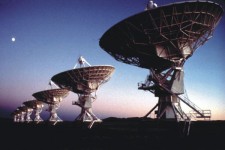
This gallery contains 1 photo.
A spreadsheet program that Paul LaViolette has written for use with Microsoft Excel®. Calculates the ecliptic longitude position of the vernal equinox for arbitrary dates in the past. It also calculates the corresponding angle of polar obliquity (the inclination of the Earth’s pole to the ecliptic). The program uses a … More




